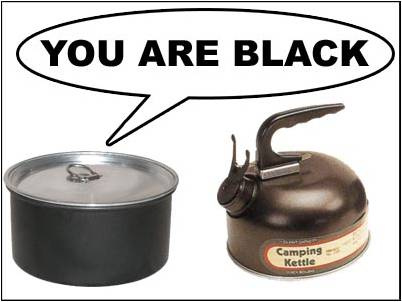OldMarksman
Staff
Posted by Frank Ettin:
I think that to complete the analysis, one may also have to at least consider the shape of the ogive. It is my impression, though i do not know this, that a bullet such as the old .38 158 grain LRN bullet can push its way though flesh and leave a narrower permanent wound channel than would a wadcutter or Keith semi-wadcutter bullet. Whether there are any analogous, meaningful comparisons among different kinds of JHP bullets after that have expanded, I do not know.
Of course, a lot of this discussion has centered on the emergence of new bullet technology. New bonded JHP bullets better retain their integrity and therefore penetrate more deeply.
One should not take special Agent Urey Patrick's statement that kinetic energy does not wound out of context. He goes on to say, correctly (as it applies to most handgun calibers) "the much-discussed "shock" of bullet impact is a fable...". Those statements ran counter to the deep seated faith of many people afflicted with magnumitis.
What he was telling us is true. It is that bullets have to hit and destroy something directly-- and not that energy does not play an inmortant role in that, and most certainly not that the conservation of momentum has anything to do with it.
In Post #229, Sharkbite put it quite well this way:
In Post #224, I listed some processes related to the use and conversion of energy and some that illustrate the conservation of momentum. Perhaps these will help.
The slowing or stopping of a object in motion by applying either friction braking or regenerative braking relates to the conservation of energy. Slowing an object in motion by deploying an aerodynamic deceleration device involves the conservation of momentum.
One will see no reference to the conservation of momentum in technical discussions of cutting, grinding, forging, plowing, jack-hammering, etc. Those processes are highly analogous to creating a wound with a bullet.
There does exist a rather retailed report by someone who has been able to correlate, with reasonable accuracy, penetration in ballistic gel with penetration in with penetration by identical bullets in water, using, among other factors, momentum calculations. his objective was to save cost, and he would not represent his correlative relationships as causal ones.
How much tissue is crushed/cut/damaged is a function of the diameter of the bullet and the penetration of the bullet.
Keep in mind that energy is also a function of mass and velocity (velocity squared).How deeply the bullet will penetrate is a function of velocity and mass.... (momentum) and the sectional density of the bullet (the ratio of cross sectional area to mass).
I think that to complete the analysis, one may also have to at least consider the shape of the ogive. It is my impression, though i do not know this, that a bullet such as the old .38 158 grain LRN bullet can push its way though flesh and leave a narrower permanent wound channel than would a wadcutter or Keith semi-wadcutter bullet. Whether there are any analogous, meaningful comparisons among different kinds of JHP bullets after that have expanded, I do not know.
Of course, a lot of this discussion has centered on the emergence of new bullet technology. New bonded JHP bullets better retain their integrity and therefore penetrate more deeply.
One should not take special Agent Urey Patrick's statement that kinetic energy does not wound out of context. He goes on to say, correctly (as it applies to most handgun calibers) "the much-discussed "shock" of bullet impact is a fable...". Those statements ran counter to the deep seated faith of many people afflicted with magnumitis.
What he was telling us is true. It is that bullets have to hit and destroy something directly-- and not that energy does not play an inmortant role in that, and most certainly not that the conservation of momentum has anything to do with it.
In Post #229, Sharkbite put it quite well this way:
There is NOTHING else with handgun rounds. No hydro static shock at the low impact velocities. No magic "knockdown power".
There is the damage done by the bullet impacting and destroying whatever structures it impacts...period
In Post #224, I listed some processes related to the use and conversion of energy and some that illustrate the conservation of momentum. Perhaps these will help.
The slowing or stopping of a object in motion by applying either friction braking or regenerative braking relates to the conservation of energy. Slowing an object in motion by deploying an aerodynamic deceleration device involves the conservation of momentum.
One will see no reference to the conservation of momentum in technical discussions of cutting, grinding, forging, plowing, jack-hammering, etc. Those processes are highly analogous to creating a wound with a bullet.
There does exist a rather retailed report by someone who has been able to correlate, with reasonable accuracy, penetration in ballistic gel with penetration in with penetration by identical bullets in water, using, among other factors, momentum calculations. his objective was to save cost, and he would not represent his correlative relationships as causal ones.

